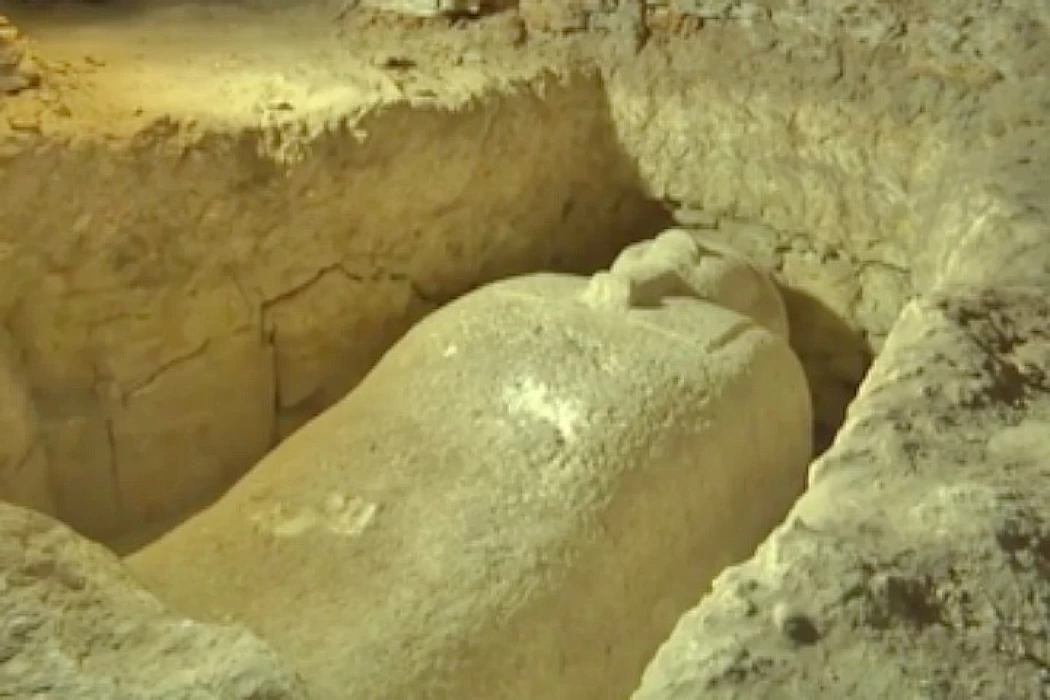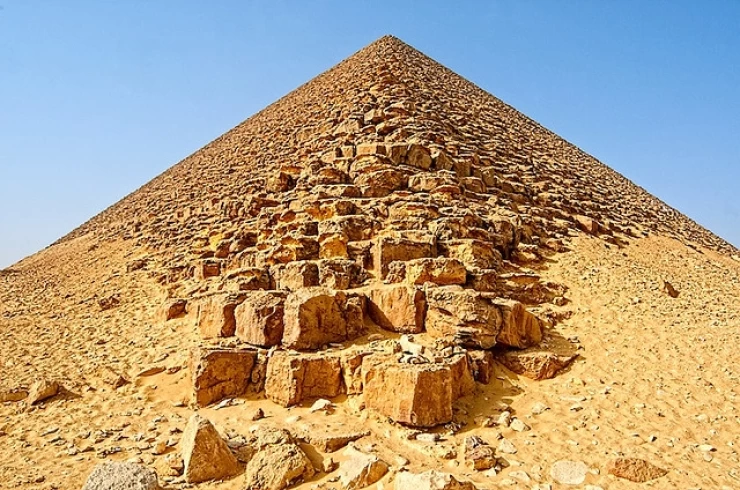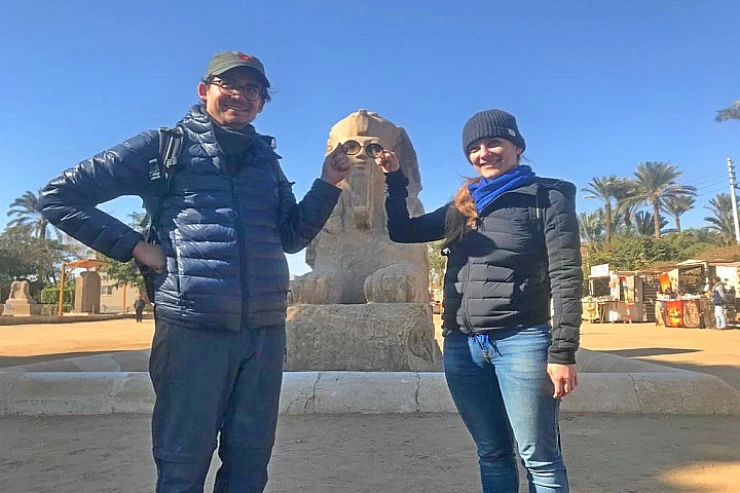
The Fifteenth Dynasty in Ancient Egypt
The Second Intermediate Period is a phrase commonly used to refer to the ancient Egyptian Dynasties of the Fifteenth, Sixteenth, and Seventeenth. The 15th dynasty of ancient Egypt, which ruled from approximately 1640 to 1550 BCE, is mainly characterized by the presence of the Hyksos, a group of Asian origin who established control over the Nile Delta. Here are some key points about this dynasty:
Origin of the Hyksos: The Hyksos are often identified as Semitic or Asian migrants, although their exact origins remain a matter of debate among Egyptologists. Their arrival in Egypt marked an important transition period in Egyptian history.
Capital and Influence: The capital of the Hyksos was Avaris (modern Tell el-Daba), located in the Nile delta. Under their reign, they introduced new technologies and cultural influences into Egypt, such as the wheel for war chariots and new types of ceramics.
Kings and Administration: The kings of the 15th dynasty, such as Salitis, Khyan, Apophis and Sethnakhte, exercised their power mainly on the Nile delta and often had conflicting relations with the southern Egyptian dynasties. Interactions with Rival Dynasties: Their rule was marked by frequent conflicts with the rulers of the 16th dynasty, based in southern Egypt, as well as with neighboring powers.
Decline and Fall: The 15th dynasty was finally overthrown by the 17th dynasty pharaohs, who were able to push back the Hyksos and restore Egyptian control over the entire country. This reversal marked the beginning of the so-called New Empire period.
Kings of the 15th Dynasty
Salitis (or Salitis): First pharaoh of the 15th dynasty, he is often credited with founding the dynasty and establishing the capital in Avaris. His reign marked the beginning of hyksos domination.
Khyan: He is known to have led during a period of prosperity and stabilization for the Hyksos. He was a powerful leader who expanded and consolidated the hyksos control.
Apophis (or Apepi): He is one of the most famous hyksos pharaohs. Apophis was a powerful ruler who confronted the competing dynasties of the south and tried to maintain unity and hyksos influence during his reign.
Sethnakhte: Although its name is often associated with the 16th dynasty, it is important to note that it is often mentioned as having played a role in the end of the 15th dynasty. He is known to have been a major rival of the Hyksos.
The 15th dynasty is therefore a complex period in Egyptian history, marked by major political and cultural upheavals.
Latest Articles
Admin
Aswan Governerate in Egypt
Aswan was known as ‘Sonu’ in ancient Egyptian times, meaning market, as it was a trading centre for caravans coming to and from Nubia. In the Ptolemaic era, it was called ‘Sin’ and the Nubians called it ‘Yaba Swan’. It was also known as the Land of Gold because it served as a great treasure or tomb for the kings of Nubia who lived there for thousands of years. Before the migration, Aswan's borders extended from Asna in the east to the border of Sudan in the south, and its inhabitants were Nubians, but after the Islamic conquest of Nubia, some Arab tribes settled there.
Admin
About Luxor Governorate in Egypt
The South Upper Egyptian area is home to the Egyptian governorate of Luxor. Its capital is Luxor, which was formerly Thebes, the capital of Egypt throughout multiple pharaonic eras. Its centers and cities are spread over both sides of the Nile River. The said governorate was established by Presidential Decree No. 378 of 2009, which was promulgated on the 9th of December of that year.
Admin
History of kafr El Sheikh Governorate
Kafr El Sheikh Governorate, located in the far north of Egypt in the Nile Delta, overlooking the Mediterranean Sea, is characterised by the diversity of natural life and environments, and is one of the Egyptian cities that can be visited after the end of the first semester exams at universities and schools, as it features many diverse tourist and recreational places at symbolic prices within everyone's reach.
Admin
Egypt's New Administrative Capital
The New Administrative Capital is considered the project of the era because it reflects a perfect image of the future and progress on the economic, cultural, social and civilisational level, as the capital is considered the new capital of Egypt at the present time. The importance of the New Capital is that it is a comprehensive transformation of the future of buildings, services and national and mega projects in Egypt.
Admin
Al Gharbia Governorate
The Governorate of Gharbia is inclusive in the geographical area of The Arab Republic of Egypt which is in the African continent, more specifically in the region surrounding the Nile delta, between Damietta and Rashid governance. To the control of the region from the north is Kafr El-Sheikh Governorate, from the south Menoufia Governorate, from the east – Dakahlia, Qalyubia Governorates, and to the west is the Beheira Governorate.
Admin
Hamata Islands (Qulaan Archipelago) in Marsa Alam
Each reserve has several sectors. In Wadi El Gemal Reserve, there is one of the natural areas called the Hamata area or Hamata sector in Wadi El Gemal Reserve. Its sectors are the perfect and most ecological, land and water, and host countless animals and plants found in the oceans and on the land.















